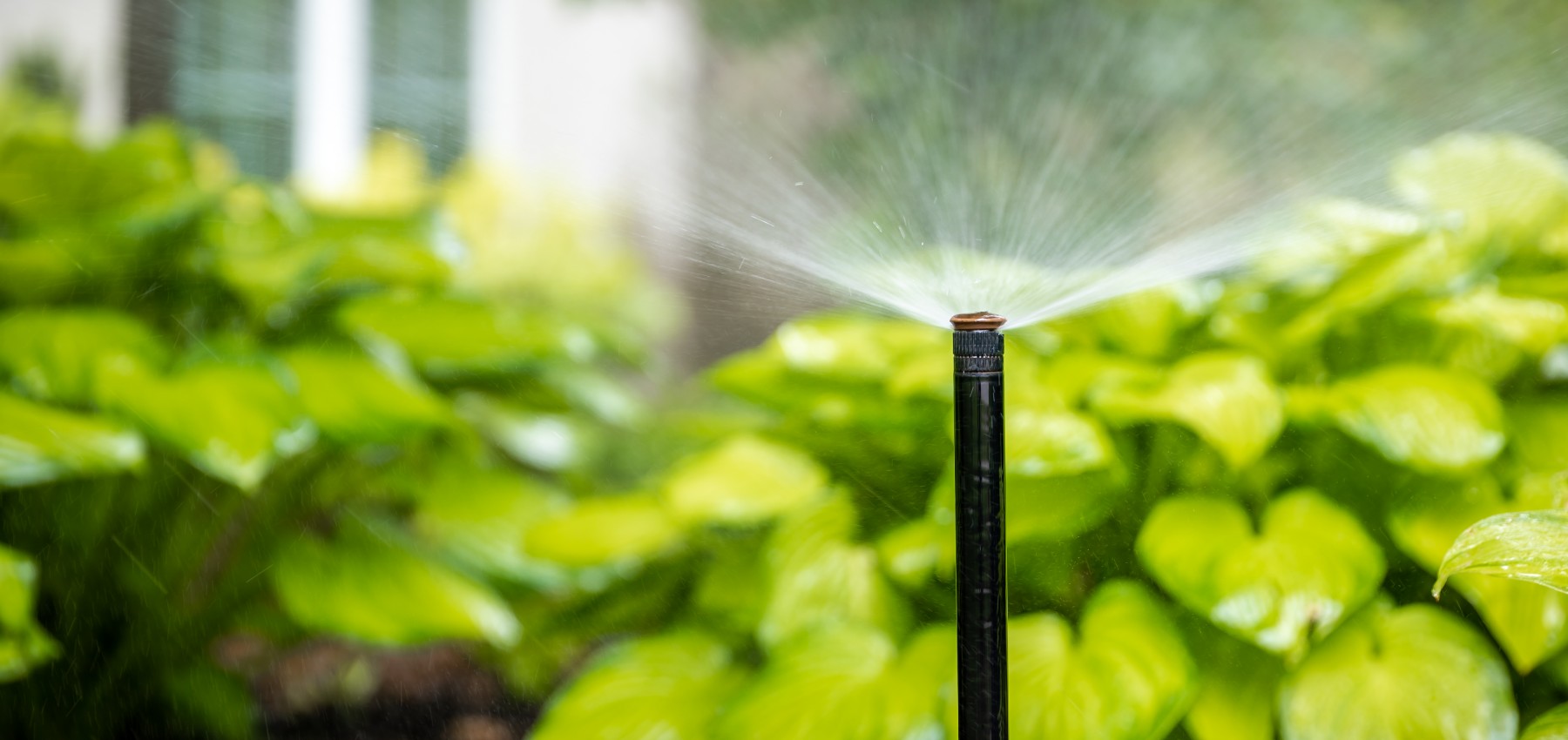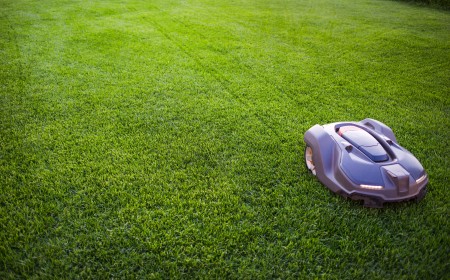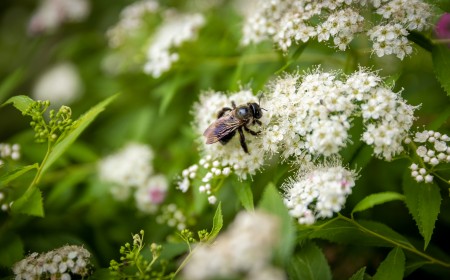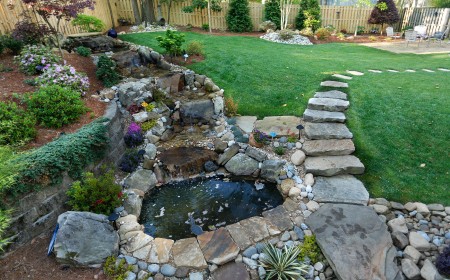As the summer sun reaches its peak, landscapes can suffer under the intense heat. July is Smart Irrigation Month, a time to celebrate and promote efficient water use in our landscapes. At Plants Creative Landscapes, we're dedicated to helping you maintain a beautiful, healthy garden while conserving water and reducing costs. Here are some of the best practices for optimal water savings during the hottest months of the year.
1. Invest in a Smart Irrigation Controller
A smart irrigation controller is a game-changer for water management. These devices adjust watering schedules based on weather conditions, soil moisture levels, and plant needs. By using a smart controller, you can ensure your plants receive the right amount of water at the right time, reducing waste and promoting healthy growth.
2. Water Early in the Morning
Watering in the early morning, typically between 4 and 10 a.m., minimizes evaporation and wind interference. This allows water to soak deeply into the soil, reaching the roots where it’s needed most. Avoid watering during the hottest part of the day or late in the evening to prevent evaporation and disease.
3. Use Mulch to Retain Moisture
Applying a layer of mulch around plants helps retain soil moisture, suppress weeds, and moderate soil temperature. Organic mulches like wood chips, straw, or compost are excellent choices. Mulch not only conserves water but also improves soil health over time.
4. Group Plants with Similar Water Needs
Design your landscape by grouping plants with similar water requirements together. This practice, known as hydrozoning, ensures that each plant receives the appropriate amount of water without overwatering or underwatering others. It’s an efficient way to manage water usage and promote plant health.
5. Regularly Inspect and Maintain Your Irrigation System
Regular maintenance of your irrigation system is crucial for water efficiency. Check for leaks, broken or clogged sprinkler heads, and ensure that all components are functioning properly. A well-maintained system reduces water waste and ensures even distribution across your landscape.
7. Monitor Soil Moisture
Use soil moisture sensors to monitor the moisture levels in your soil. These sensors provide real-time data, helping you determine when and how much to water. Avoid overwatering, which can lead to root rot and other plant diseases, by watering only when necessary.
8. Consider Drought-Tolerant Plants
Incorporate drought-tolerant plants into your landscape design. These plants are adapted to survive with minimal water, making them ideal for hot, dry climates. Native plants are often a good choice as they are well-suited to the local environment and require less maintenance.
Join Us in Celebrating Smart Irrigation Month
At Plants Creative Landscapes, we’re passionate about creating beautiful, sustainable landscapes. By following these best practices, you can enjoy a vibrant garden while conserving water and protecting our valuable resources. Contact us today to learn more about our smart irrigation solutions and how we can help you achieve a water-efficient landscape.
Together, let’s make every drop count this July and beyond!






